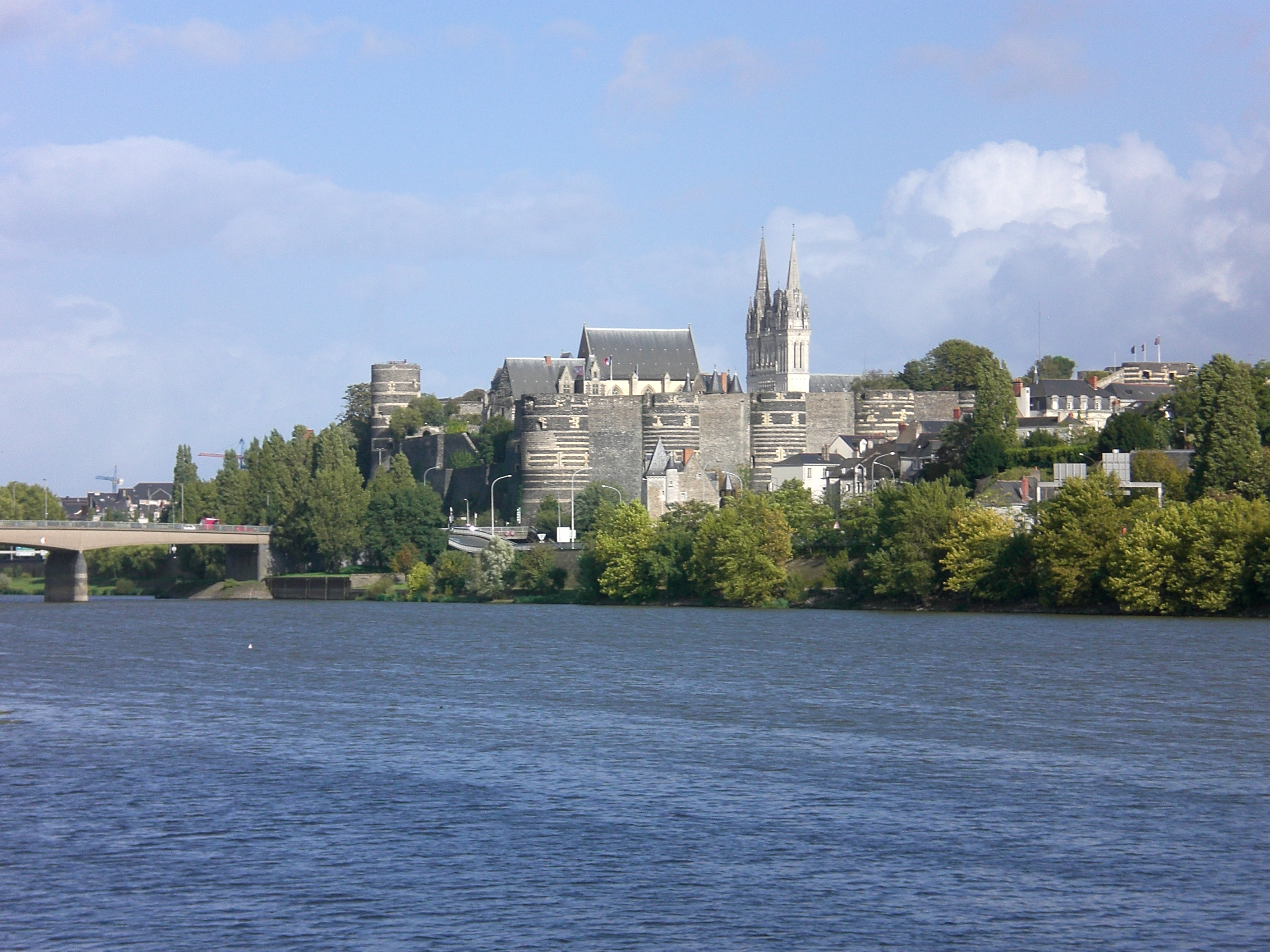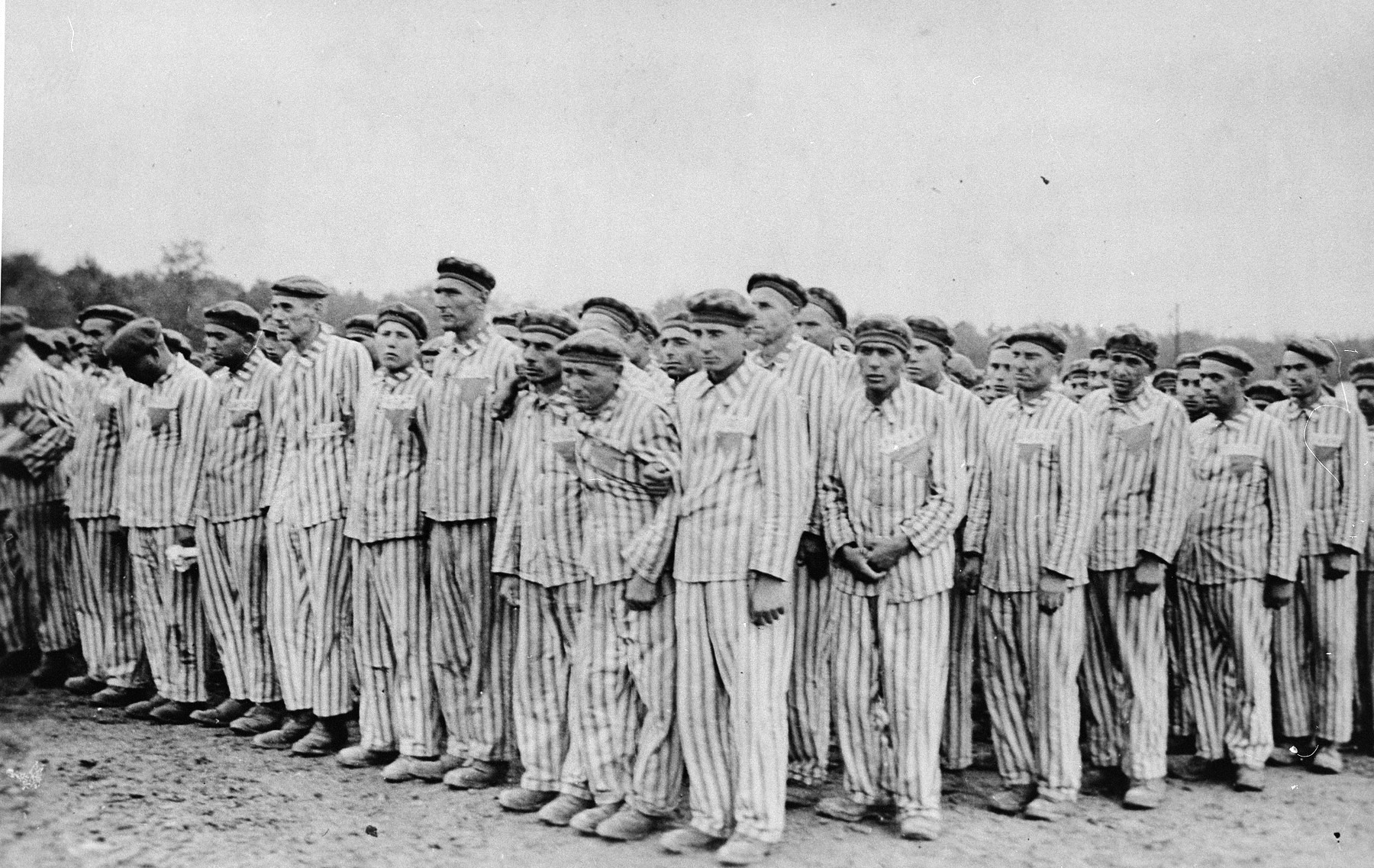|
Marcelle Henry
Marcelle Marguerite Henry (7 September 1895 – 24 April 1945) was a French civil servant and a member of the French Resistance during the Second World War. Early life Henry was born at Angers. Her father was the local Inspector of Public Works; he died before the First World War. She went to school in Limoges, before later attending the Lycée Victor-Duruy in Paris, where she obtained her baccalauréat. During the First World War, she taught at a boys' school in Châtillon-sur-Seine and later at Langres. Career In 1919, Henry went to work at the Ministry of Labour, as her father had done before her. Her mother died in 1925, leaving Marcelle to look after her brother Victor, who was chronically ill and unable to work. By 1931 she was deputy head of a department, and in 1937 she was put in charge of the office that dealt with the health and safety of workers, still within the Ministry of Labour. In June 1940, she began organising resistance to the German occupation from withi ... [...More Info...] [...Related Items...] OR: [Wikipedia] [Google] [Baidu] |
Angers
Angers (, , ) is a city in western France, about southwest of Paris. It is the prefecture of the Maine-et-Loire department and was the capital of the province of Anjou until the French Revolution. The inhabitants of both the city and the province are called ''Angevins'' or, more rarely, ''Angeriens''. Angers proper covers and has a population of 154,508 inhabitants, while around 432,900 live in its metropolitan area (''aire d'attraction''). The Angers Loire Métropole is made up of 29 communes covering with 299,500 inhabitants (2018).Comparateur de territoire INSEE Not including the broader metropolitan area, Angers is the third most populous |
Athis-Mons
Athis-Mons () is a commune in the southern suburbs of Paris, France. It is located from the center of Paris. Inhabitants are called ''Athégiens''. A small part of Orly International Airport lies on the territory of the commune of Athis-Mons. History Athis-Mons was formed in 1817 by joining two villages, Athis (along the Seine, and formerly known as Athis-sur-Orge) and Mons (on the adjacent plateau). Nowadays the lower area of the commune is commonly called Athis-Val. During World War II, a significant portion (approximately 80%) of Athis-Mons was destroyed during the Allied bombing raid of 18 April 1944. Approximately 300 people died and 4,000 people were left homeless. Athis-Mons had to be entirely rebuilt after the war. Population Geography Athis-Mons is located at the confluence of Orge and Seine rivers, and at the southern edge of the international airport of Orly. Climate Athis-Mons has a oceanic climate (Köppen climate classification ''Cfb''). The average an ... [...More Info...] [...Related Items...] OR: [Wikipedia] [Google] [Baidu] |
French Resistance Members
French (french: français(e), link=no) may refer to: * Something of, from, or related to France ** French language, which originated in France, and its various dialects and accents ** French people, a nation and ethnic group identified with France ** French cuisine, cooking traditions and practices Fortnite French places Arts and media * The French (band), a British rock band * "French" (episode), a live-action episode of ''The Super Mario Bros. Super Show!'' * ''Française'' (film), 2008 * French Stewart (born 1964), American actor Other uses * French (surname), a surname (including a list of people with the name) * French (tunic), a particular type of military jacket or tunic used in the Russian Empire and Soviet Union * French's, an American brand of mustard condiment * French catheter scale, a unit of measurement of diameter * French Defence, a chess opening * French kiss, a type of kiss involving the tongue See also * France (other) * Franch, a surname * French ... [...More Info...] [...Related Items...] OR: [Wikipedia] [Google] [Baidu] |
1945 Deaths
1945 marked the end of World War II and the fall of Nazi Germany and the Empire of Japan. It is also the only year in which Nuclear weapon, nuclear weapons Atomic bombings of Hiroshima and Nagasaki, have been used in combat. Events Below, the events of World War II have the "WWII" prefix. January * January 1 – WWII: ** Nazi Germany, Germany begins Operation Bodenplatte, an attempt by the ''Luftwaffe'' to cripple Allies of World War II, Allied air forces in the Low Countries. ** Chenogne massacre: German prisoners are allegedly killed by American forces near the village of Chenogne, Belgium. * January 6 – WWII: A German offensive recaptures Esztergom, Kingdom of Hungary (1920–1946), Hungary from the Russians. * January 12 – WWII: The Soviet Union begins the Vistula–Oder Offensive in Eastern Europe, against the German Army (Wehrmacht), German Army. * January 13 – WWII: The Soviet Union begins the East Prussian Offensive, to eliminate German forces in East Pruss ... [...More Info...] [...Related Items...] OR: [Wikipedia] [Google] [Baidu] |
1895 Births
Events January–March * January 5 – Dreyfus affair: French officer Alfred Dreyfus is stripped of his army rank, and sentenced to life imprisonment on Devil's Island. * January 12 – The National Trust for Places of Historic Interest or Natural Beauty is founded in England by Octavia Hill, Robert Hunter and Canon Hardwicke Rawnsley. * January 13 – First Italo-Ethiopian War: Battle of Coatit – Italian forces defeat the Ethiopians. * January 17 – Félix Faure is elected President of the French Republic, after the resignation of Jean Casimir-Perier. * February 9 – Mintonette, later known as volleyball, is created by William G. Morgan at Holyoke, Massachusetts. * February 11 – The lowest ever UK temperature of is recorded at Braemar, in Aberdeenshire. This record is equalled in 1982, and again in 1995. * February 14 – Oscar Wilde's last play, the comedy ''The Importance of Being Earnest'', is first shown at St Jam ... [...More Info...] [...Related Items...] OR: [Wikipedia] [Google] [Baidu] |
Buchenwald Concentration Camp
Buchenwald (; literally 'beech forest') was a Nazi concentration camp established on hill near Weimar, Germany, in July 1937. It was one of the first and the largest of the concentration camps within Germany's 1937 borders. Many actual or suspected communists were among the first internees. Prisoners came from all over Europe and the Soviet Union—Jews, Poles and other Slavs, the mentally ill and physically disabled, political prisoners, Romani people, Freemasons, and prisoners of war. There were also ordinary criminals and sexual "deviants". All prisoners worked primarily as forced labor in local armaments factories. The insufficient food and poor conditions, as well as deliberate executions, led to 56,545 deaths at Buchenwald of the 280,000 prisoners who passed through the camp and its 139 subcamps. The camp gained notoriety when it was liberated by the United States Army in April 1945; Allied commander Dwight D. Eisenhower visited one of its subcamps. From August 194 ... [...More Info...] [...Related Items...] OR: [Wikipedia] [Google] [Baidu] |
Torgau
Torgau () is a town on the banks of the Elbe in northwestern Saxony, Germany. It is the capital of the district Nordsachsen. Outside Germany, the town is best known as where on 25 April 1945, the United States and Soviet Armies forces first met near the end of the World War II. History The settlement goes back to a Slavonic settlement named Turguo in the shire of Neletici. There was presumably a wooden Slavonic castle located on the site of the present-day Hartenfels castle. In the 10th century it fell under the rule of the Holy Roman Emperors, and a stone castle was built, around which the settlement congregated. A market is attested in 1119. The town was located on the important trade-road, the via regia Lusatiae inferioris, between Leipzig and Frankfurt an der Oder that crossed the river Elbe at a ford east of Torgau. Torgau belonged to the duchy of Saxe-Wittenberg, which in 1356 was raised to be the Electorate of Saxony. After the last Ascanian duke died without is ... [...More Info...] [...Related Items...] OR: [Wikipedia] [Google] [Baidu] |
Ravensbrück Concentration Camp
Ravensbrück () was a German concentration camp exclusively for women from 1939 to 1945, located in northern Germany, north of Berlin at a site near the village of Ravensbrück (part of Fürstenberg/Havel). The camp memorial's estimated figure of 132,000 women who were in the camp during the war includes about 48,500 from Poland, 28,000 from the Soviet Union, almost 24,000 from Germany and Austria, nearly 8,000 from France, and thousands from other countries including a few from the United Kingdom and the United States. More than 20,000 of the total were Jewish, approximately 15%. 85% were from other races and cultures. More than 80% were political prisoners. Many prisoners were employed as slave labor by Siemens & Halske. From 1942 to 1945, the Nazis undertook medical experiments to test the effectiveness of sulfonamides. In the spring of 1941, the SS established a small adjacent camp for male inmates, who built and managed the camp's gas chambers in 1944. Of some 130,000 fem ... [...More Info...] [...Related Items...] OR: [Wikipedia] [Google] [Baidu] |
Fresnes Prison
Fresnes Prison ('' French Centre pénitentiaire de Fresnes'') is the second largest prison in France, located in the town of Fresnes, Val-de-Marne, south of Paris. It comprises a large men's prison (''maison d'arrêt'') of about 1200 cells, a smaller one for women and a penitentiary hospital. Fresnes is one of the three main prisons of the Paris area, Fleury-Mérogis (Europe's largest prison) and La Santé (located in Paris) being the other two. History The prison was constructed between 1895 and 1898 according to a design devised by architect Henri Poussin. An example of the so-called "telephone-pole design," the facility was radically different from previous prisons. At Fresnes prison, for the first time, cell houses extended crosswise from a central corridor. The design was used extensively in North America for much of the next century. During World War II, Fresnes prison was used by the Germans to house captured British SOE agents and members of the French Resistance. Held ... [...More Info...] [...Related Items...] OR: [Wikipedia] [Google] [Baidu] |
Jacques Mitterrand
Jacques Mitterrand (10 June 1908 – 5 June 1991) was the Grand Master of the Grand Orient de France and a founder of the small left wing party Union progressiste. Mitterrand was born in Bourges. He was a member of the Council of the French Union The French Union () was a political entity created by the French Fourth Republic to replace the old French colonial empire system, colloquially known as the " French Empire" (). It was the formal end of the "indigenous" () status of French subje ... between 1947 and 1958. References 1908 births 1991 deaths Politicians from Bourges Radical Party (France) politicians Union progressiste politicians French Freemasons Officiers of the Légion d'honneur Recipients of the Croix de Guerre 1939–1945 (France) Recipients of the Resistance Medal {{France-politician-RPV-stub ... [...More Info...] [...Related Items...] OR: [Wikipedia] [Google] [Baidu] |






